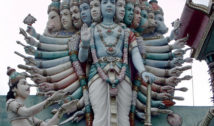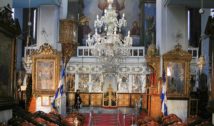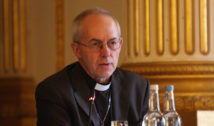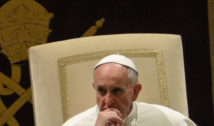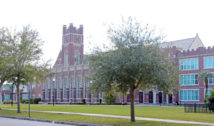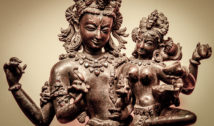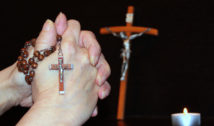
Art, Culture & Revolution in Odessa: Babel, Ladyzhensky, and the Soul of a City
- By Gary Nguyen --
- 11 Apr 2016 --

Yefim Ladyzhensky/Isaac Babel Exhibit At the Yeshiva University Museum
This month of April through November 13, the mingled works of Isaac Babel and Yefim Ladyzhensky will be exhibited at the Yeshiva University Museum in New York. The exhibit which features the 20th century art, culture, revolution and politics in Odessa is entitled “ODESSA / ОДЕ́ССА – Babel, Ladyzhensky, and the Soul of a City.”
Art, Culture & Revolution in Odessa: Babel, Ladyzhensky, and the Soul of a City.[/tweetthis]
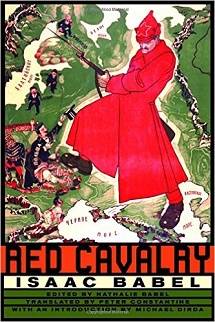
The exhibit aims to present Odessa (former Soviet city which is now the capital of Ukraine) as a modern crucible or a melting pot for arts, culture and ideas alongside with New York, Berlin and Paris. The exhibit is comprised of more than fifty pen and ink paintings which include Ladyzhensky’s memories from his youth but mainly those that were inspired by Babel’s harrowing stories of war and socialist life during the 1920s.
Exhibit curator Zachary Levine has picked out excerpts from Babel’s writings that shall be paired with each of Ladyzhensky’s paintings. The museum has also provided audio and video materials for the better appreciation of Odessa during that period.
Getting to know Yefim Ladyzhensky
Yefim Ladyzhensky is a Russian artist of Jewish descent born in Odessa in 1911. His first career was as a set designer at stages and theaters in Moscow, Stalingrad and Tashkent. It was only later in his life (1960’s to 1980’s) that he devoted much of his time to painting after being “awakened” by Babel’s writings. Ladyzhensky became fond of Jewish subjects and his artworks became implicitly critical to the Soviet Union. This led him to move to Israel in 1978. And in 1982, he decided to end his life.
Critics as well as followers and friends cite that Ladyzhensky’s artwork is very different from typical painters or Jewish artists. In much of his work, Ladyzhensky wanted to depict everyday life in a different and an unseen manner. In his interpretation of the 1920s Odessa, he stressed how most Jews never felt the benefits of the roaring twenties in Soviet Odessa.
But amidst this great mind, friends and followers like David K. Shipler and Mark Kelner can’t help but cite the more disturbing side of Ladyzhensky’s art. In his artwork, Past Is Always with Me I and II he painted his head hanging from nooses of the red communist star and of the Jewish star. And in his Three O’clock in the Morning painting, he made a self-portrait wherein he hanged himself. This according to many may have been a premonition of his eventual suicide.

